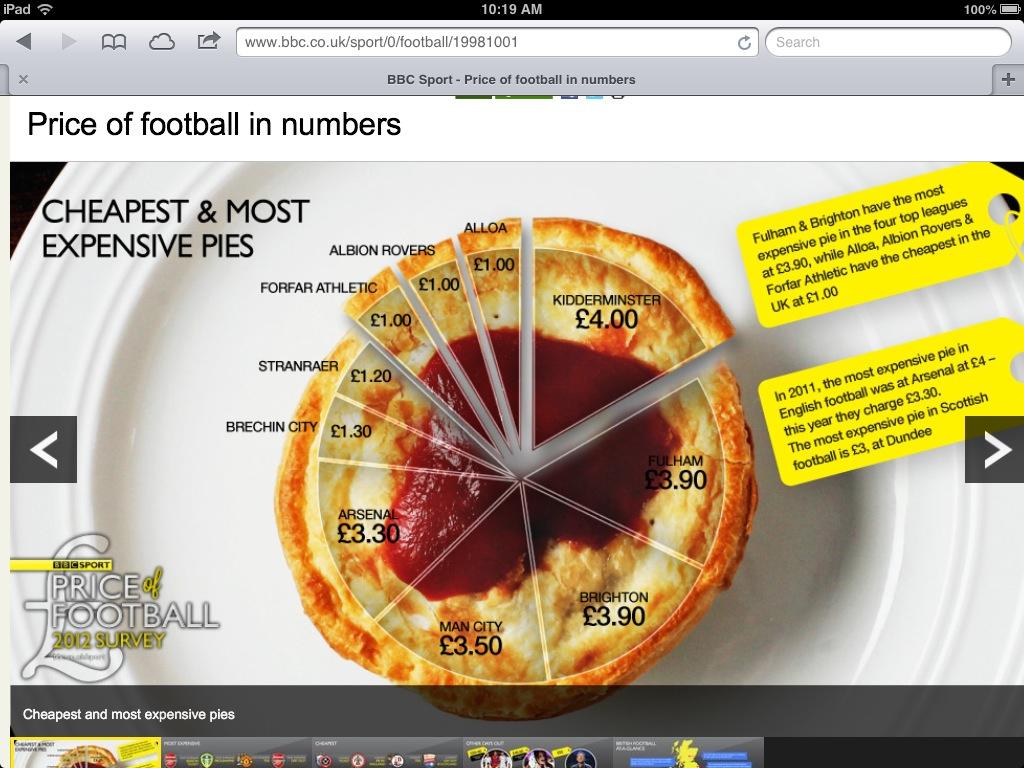The medium determines the math.
I was in two Grade 2 classes in two different schools. Both were working on composing and decomposing money amounts and both were given the same question:
How many different ways can you make 31 cents?
The first class had a small amount of plastic coins on their desk and were asked to record their solutions in their math books.The second class had a larger amount of plastic coins and were also asked to simply leave each solution on their desk. They were also told that they could not use more than eight coins for each solution.
The second group ended up doing a lot more math than the first. They quickly got solutions for 31 cents so we then challenged them with 82 cents. The first group on the other hand were slowed down by the act of recording their solutions. For most, this meant drawing the coins although some did write a number sentence. This wasn't necessarily a bad thing as they were still composing and decomposing money and we later had a good discussion about different ways to represent our thinking.
But it just took them so long!
And it wasn't because there was a difference in the ability levels between the classes; by listening to the students' explaining their solutions I got the sense that there their number sense was very similar. It's just that the second class had more opportunities to use their number sense and this has to be a good thing.
In terms of evidence of student learning, it was easy to take a photo of the students' work:
Some other thoughts:
1) I really liked restricting the number of coins: it forced students away from the time consuming 1+1+1+... solution and made them think in bigger denominations. This is definitely what they will need in the real world.
2) I also love just giving students a handful of coins and asking 'how much?' Again, this is a real world skill and does not require that the students write down their solution.
3) Questions like this one (from Ontario's Grade 3 EQAO test in 2007) annoy me:
This is a perfect example of a question that is meant to be real world but actually is anything but. The ball and skipping rope cost $4.10 in total. Jorge isn't going to dump all his coins on the counter and say 'There you go!' to the shopkeeper and wait patiently for his change. I would hope he more sensibly gives the shopkeeper the toonie ($2 coin), loonie ($1 coin), four quarters and a dime. Or maybe five nickels instead of a quarter, and a nickel and five pennies instead of the dime so that he can get rid of a lot of his loose coins (or shrapnel as some say) as this is what I do. Either way, though, he would not get any change because he gave the right amount because this is what happens IN THE REAL WORLD!

















